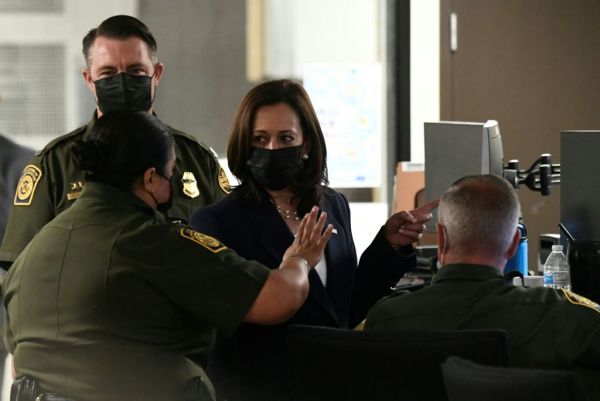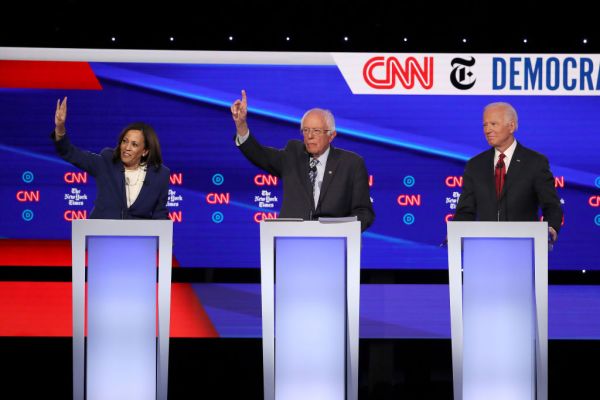Earlier this week, The Batman was released on HBO Max, finally bringing the three-hour behemoth of a movie to a platform where audiences could comfortably watch it. It is, of course, not meant to be watched on a television; the scope and scale of the storyline and visuals are intended for a large screen, and something is lost in streaming the movie instead of seeing it in a theater. But something too is lost in forcing an audience to sit still for nearly three hours; comfort, patience, the ability to resist nature’s call—It’s for this reason that the average runtime of films has stayed around an hour and 40 minutes long for most of cinema’s existence. But The Batman—of which I am a slight partisan—can’t really be shortened, not if director Matt Reeves wanted to carry out his full, complex vision for the plot. So we’re left with a movie that 1) is meant to be seen on the big screen but 2) tests the bounds of audiences’ patience. One could, as Warner Brothers did, release the full film in theaters and hope ticket-buyers will simply power through, but there remains another option that filmmakers haven’t taken advantage of in some time: Give the dang thing an intermission.
For the last few decades, cinema has ceded long-form storytelling to television, where miniseries and prestige TV shows have given directors and screenwriters more creative breathing room to explore their plots. Films weren’t necessarily longer in the past—the average runtime hasn’t changed much over the years—but even with shorter films as the norm, there was a point at which filmmakers and audiences willingly accepted the notion of a movie lasting two and a half, or even three-plus hours, as normal. Lawrence of Arabia, My Fair Lady, Ben-Hur, How the West Was Won, Gone With the Wind, The Sound of Music are just a few examples of the films across all genres that were wildly successful, both critically and commercially, even though they either approached or surpassed the three-hour mark. For the last few decades, such a length has been less common, with filmmakers rarely daring to go much longer than two hours. And audiences have lost out as a result.
There is nothing offensive about a sub-two hour runtime, nor in choosing to tell a longer story on television. But some stories demand time to tell, and there is something unique about giving such big stories equally big scale. Imagine if The Sound of Music had been simplified and shortened or, God forbid, if Lawrence of Arabia had been made as a miniseries; if the sweeping vistas and the swelling score, if the grandness, the largeness, the epicness of it all were shrunk down.
After ignoring the beauty of big stories told in a big way for some time, Hollywood has shown some recent interest in bringing back movies with lengthier runtimes. The Batman is just the latest example; with Avengers: Endgame going longer than three hours, No Time to Die lasting two hours and 40 minutes, Dune running two and a half hours—and that’s just part one!—and Zack Snyder’s Justice League lasting a whopping four hours. (Though Justice League was mostly viewed through streaming, Snyder did intend it for IMAX viewing.) There are a handful of other examples, and neither they nor the films listed featured an intermission.
That filmmakers should revisit the long movie without its historical partner, the intermission, is baffling as an artistic choice. Intermissions were an early inclusion in movies, initially out of necessity, as early films past a certain runtime needed multiple reels, which would have to be changed. But the practice existed before film, with roots in stage theater. It was, thus, not just a practical necessity, but a social tradition, perhaps explaining why it continued to exist even once technological advancements got rid of the need for reel change breaks. Audiences were accustomed to the idea that during a lengthy show they would get the chance to get up and stretch their legs, maybe to use the restroom or purchase food or talk about the movie thus far. The intermission was a part of the art of storytelling, and many movies incorporated it directly into the structure of the film itself, crafting a natural act break for it to occur and giving the intermission its own art and score. The intermission as a social tradition contributed to the sense of theater-going as an event, recalling the more highbrow stage theatrical experience and, thus, elevating the experience. Not every movie had an intermission, the ones that did have a sense of prestige as a result.
The return of lengthy films, of filmmakers bringing greater complexity and scope to their films should be celebrated. But, if studios and theaters are interested in making the viewing experience as good as possible—and making it truly an event—intermissions are a must. Watching these films as they’re intended to be watched shouldn’t be a chore.









Please note that we at The Dispatch hold ourselves, our work, and our commenters to a higher standard than other places on the internet. We welcome comments that foster genuine debate or discussion—including comments critical of us or our work—but responses that include ad hominem attacks on fellow Dispatch members or are intended to stoke fear and anger may be moderated.